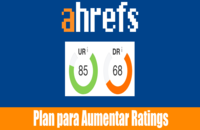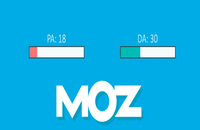Hungarian Rhapsody Number 2 is the second in a set of 19 Hungarian Rhapsodies by composer Franz Liszt, and is by far the most famous of the set. Perhaps no other piano solo has enjoyed such widespread popularity, offering the pianist the opportunity to reveal exceptional skill as a virtuoso, while providing the listener with an immediate and irresistible musical appeal.
In both the original piano solo form and in the orchestrated version (although Liszt had no such intentions in mind) this composition has enjoyed widespread use in animated cartoons. Its themes have also served as the basis of several popular songs.
The Hungarian-born composer and pianist, Franz Liszt, (1811 – 1886) was strongly influenced by the music heard in his youth, particularly Hungarian gypsy music, with its unique gypsy scale, rhythmic spontaneity and direct, seductive expression. These elements would eventually play a significant role in Liszt’s compositions. Although this prolific composer’s works are highly varied in style, much of his output is nationalistic in character, the Hungarian Rhapsodies being an ideal example.
Composed in 1847 and dedicated to Count Laslo Teleky, Hungarian Rhapsody No. 2 was first published as a piano solo in 1851 by Senff and Ricordi. Its immediate success and popularity on the concert stage soon led to an orchestrated version, arranged by the composer in collaboration with Franz Doppler, and published by Schuberth. In addition to the orchestral version, the composer arranged a Piano Duet version in 1874, published by Schuberth the following year.
By the late 19th century and early 20th century, the excruciating technical challenges of the piano solo version led to its acceptance as the “unofficial standard” by which every notable pianist would “prove his salt”, usually as a smashing finale. It had become an expected staple of virtually every performance of the greatest pianists of the time. Offering an outstanding contrast to the serious and dramatic Lassan, the following Friska holds enormous appeal for the masses, with its simple alternating Tonic and Dominant harmonization, its energetic, toe-tapping rhythms, and breath-taking “pianastics”.

Most unusual in this composition is the composer’s invitation for the performer to improvise an original Cadenza, although most pianists choose to decline the invitation. A noteworthy example of such a Cadenza is heard in the performance of Marc-André Hamelin. Other pianists have arranged their own versions of the Rhapsody with changes beyond that of simply adding a cadenza, most notably Vladimir Horowitz in 1953.
Eventually the piano solo version of Hungarian Rhapsody No. 2 had run its course with audiences. However, it retains the dubious honor of being perhaps the most over-played composition in the entire piano concert repertoire. Nonetheless, the original piano solo remains an exciting musical experience for pianist and audience alike.







